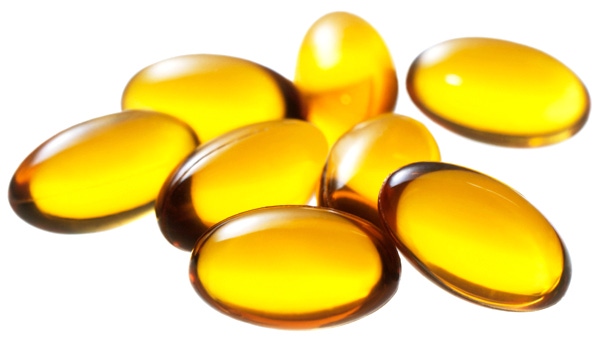Natural source vitamin E global overview
New report covers the key trends, major players and a country-by-country breakdown of the market for tocopherols and tocotrienols.
July 27, 2014

Natural source vitamin E, an important fat-soluble antioxidant that helps fight free-radicals, offers a twofold bioavailability and can be preserved longer by the body tissues when compared to synthetic vitamin E. Moreover, products and ingredients such as vitamins that carry the "natural" tag have been garnering increased consumer demand and becoming important considerations. Concerns relating to toxic chemical additives by the consumers in products such as food, beverages and personal care are fueling the rapid growth in sales of natural vitamin E. Nutritional supplements followed by food and beverage fortification being the current primary markets for natural vitamin E, cosmetics and animal nutrition are projected to be the promising markets in the near future.
Natural vitamin E market has been experiencing a major imbalance in supply and demand from the past few years as the prices of natural vitamin E have been witnessed a substantial increase due to the several unifying factors. One important reason cited for this spike in prices has been the supply shortage of the primary raw material, deodorized distillates, that goes into manufacturing natural vitamin E. Players in the natural vitamin E space are in the process of scrutinizing alternative means of production that could offset the supply-demand imbalance, though nothing concrete seems to have come up for generating an added supply in the future. While a few companies are aiming to bypass the issue of supply, yet others are exploring alternate sources such as deodorized distillates from rapeseed, palm oils and mixed sources to extract natural vitamin E.
Natural source vitamin E products analyzed in this study include tocopherols and tocotrienols. The end use application markets covered in a new report include animal feed, nutritional/dietary supplements, food and beverages, and cosmetics. The report reviews, analyses and projects the natural source vitamin E market for global and the regional markets including North America, Europe, Asia-Pacific and Rest of World. The regional markets further analyzed for independent countries across North America—the United States and rest of North America; Europe—Germany, France, Italy, Spain, the United Kingdom, the Netherlands and rest of world; Asia-Pacific—China, Japan and rest of Asia-Pacific.
Global volume consumption of natural source vitamin E stood at 10.3 thousand metric tons in 2012, is estimated at 10.9 thousand metric tons in 2013 and projected to be 18.1 thousand metric tons in 2020, thereby exhibiting a CAGR of 7.3 percent between 2012 and 2020. Estimated at US$611.9 million in 2013, Value demand for natural vitamin E, worldwide, is set to cross the US$1 billion mark by 2019.
The study includes 228 charts (includes a data table and graphical representation for each chart), supported with meaningful and easy to understand graphical presentation, of market numbers. The statistical tables represent the data for the global market value in metric tons and value in US$ by geographic region, the product segment and application area. This study profiles 19 key global players and 40 major players across North America (5), Europe (4), Asia-Pacific (30) and Rest of World (1). The report also provides the listing of the companies engaged in the manufacturing and supply of natural vitamin E as well as major players in the vitamin E end-use industries such as human nutrition, animal nutrition and personal care. The global list of companies covers addresses, contact numbers and the website addresses of 152 companies.
For more information, please click here.

You May Also Like


